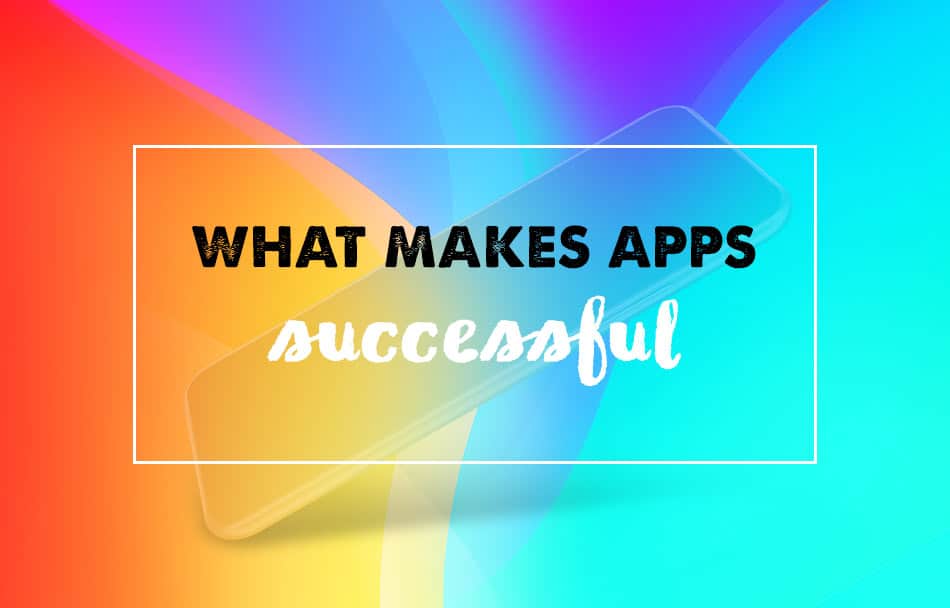When companies are poised to grow, there is no room for failure. Failure may be a quiet presence that no one acknowledges. Failure may be at the board meeting, but he never gets the chance to speak. Failure may even be sitting right at your very own desk.
Why is it we are all so afraid of failure?
What is it about failing that has us pounding away at uncertain outcomes expecting some guaranteed level of certainty?
The work environment, as we’d like to remind you, is not controllable. Sure, some factors are. What time you arrive at your desk each morning is. Or, how you handle a run-in with the one employee you can’t stand, but most organizations, no matter how big or how small, are highly avoidant of failure.
In reality, failure can waste money, shut down operations, anger customers, or even lead to tragedy, but what about when failure becomes a useful practice—nay, element—in business strategy?
Obviously, the more you try something new, the more you may find something that works. Working tirelessly away at the one thing that won’t work is only a form of insanity.
Within the world of the creation of apps, failure may or may not be viewed positively.
Think about this: how is failure viewed within your own office culture or within your own app development team? Do you feel stifled? Or do you feel that taking a risk could lead your team into some new possibility?
In the creation of apps, design is a necessary part in having the app come into function and also display the interface in an aesthetically pleasing way, but it’s important to understand that just because an app is designed well and looks pleasing to the eye, this sole factor won’t guarantee success. Beneath the foundation, there must be a certain elemental structure in place that assumes the app has a purpose and some form of utility for the greater general public.
The same truth holds when thinking about this in another way, by flipping the scenario. The fundamental foundation may be sturdy and strong, but if the design of the app is lacking, people won’t be keen on using it.
For an app to succeed in the world of today, there must be a marriage of both design and the underlying utility of the app.
The creative process is exactly that, a process. There’s no way to begin a project and know exactly where you’re headed. You may have a guess. You may have a hunch, but along the way, there may be road bumps or road blocks or some circumstance that completely changes the direction you were going. The inclusion of the possibility for a project to change and grow is useful. Holding this space for a project to morph allows an openness that may encourage a higher level of creativity or even a higher level for risk. Who knows what ideas may come or how partnerships may grow when people are feeling joyous, hopeful, and excited with the hope of opportunity.
People who love math may not always love art and the people who may love art may or may not love math. In the creation of apps, therein lies the common ground where the creativity from one individual must meet the creativity of the developer, the designer, the other team members, and the one individual whose initial idea it was to create this app in the first place.
The teamwork involved in making sure an app succeeds must come from all sides. It must include the mathematics, the design, the engineering, and also hold some space for the unknown. Embrace some element of the unknown and don’t be afraid to take a leap. You never know what you may find there.
And, if you’re looking for guidance and help along the way, consider teaming up with Creative27. Get started today!












